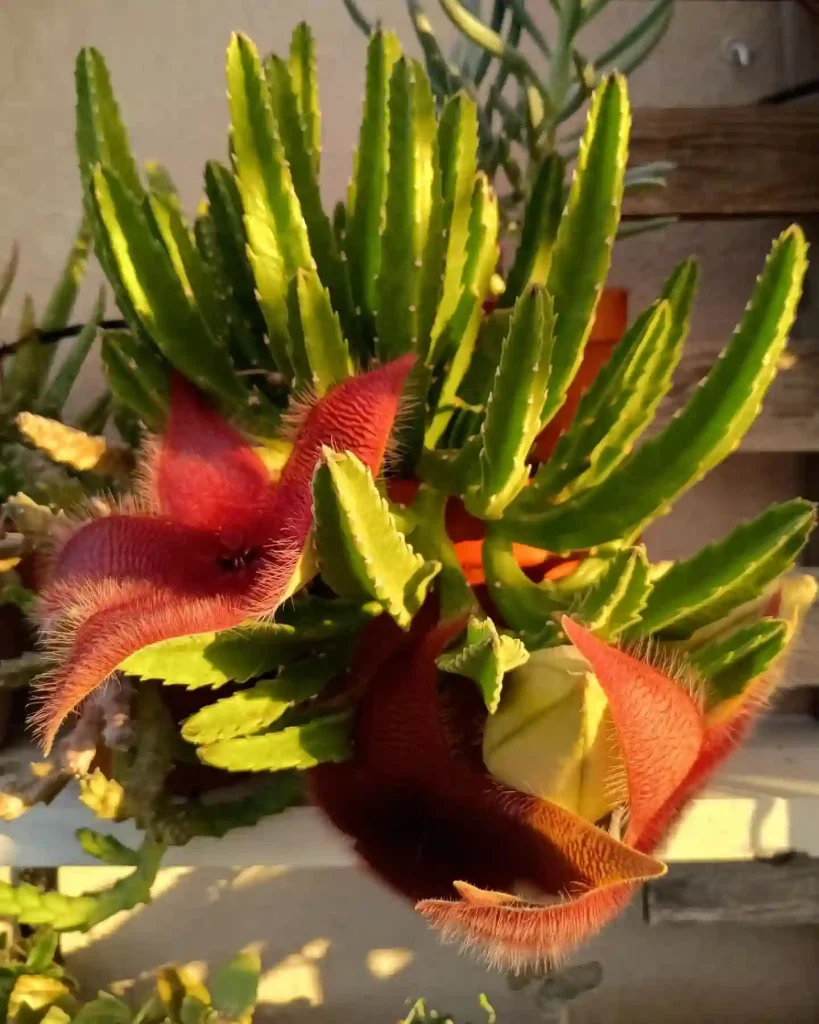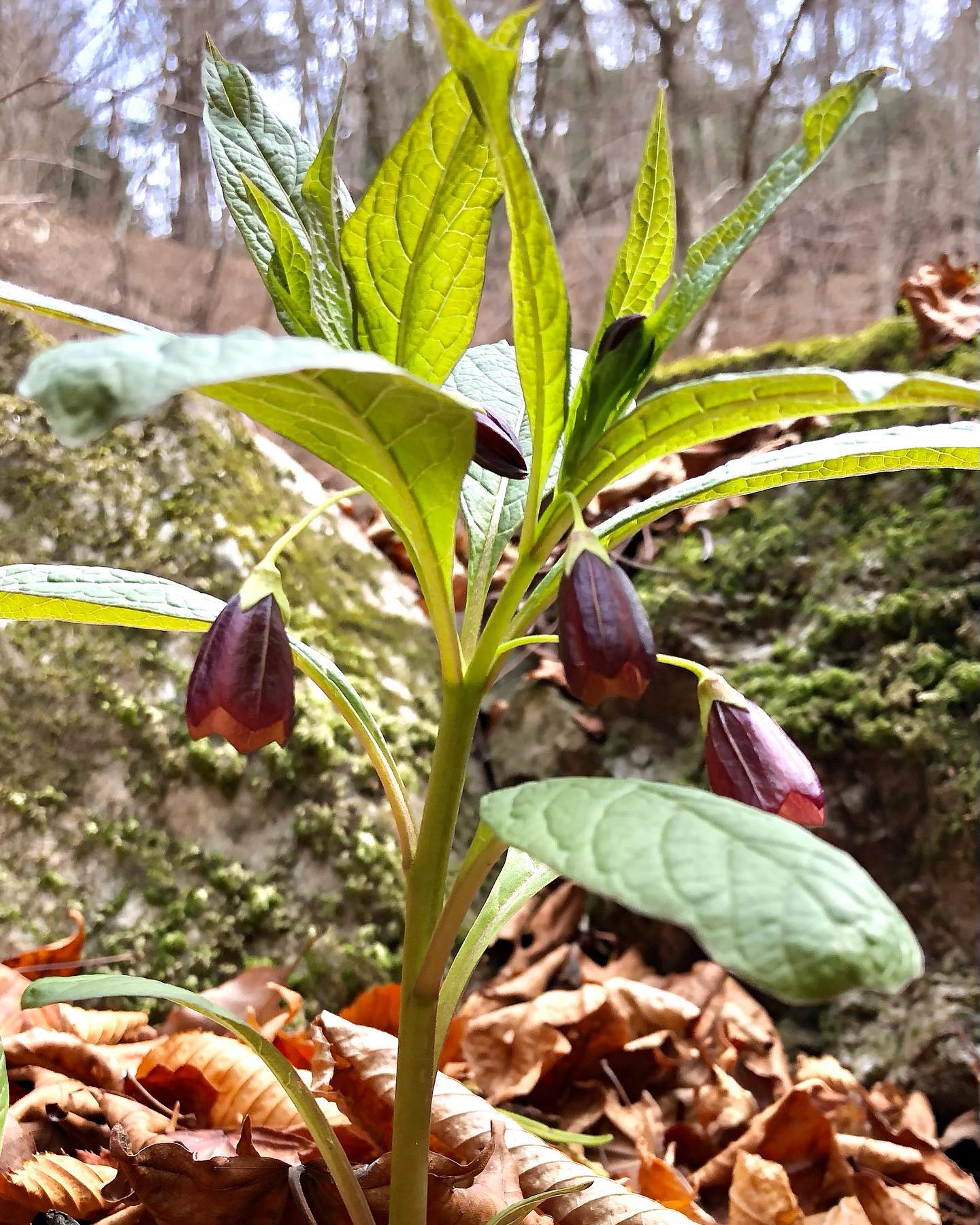Castela: A Thorny Exploration
My name is Ferb Vu, and I’m fascinated by the intricacies of the natural world, particularly the plant kingdom. Today, I want to delve into a genus of plants that has caught my attention: Castela. This group of thorny shrubs and small trees, belonging to the Simaroubaceae family, is native to the Americas, with a particular concentration in the tropical regions.
The genus is named in honor of the French naturalist René Richard Louis Castel, a testament to his contributions to the field of botany. What intrigues me most about Castela is its unique adaptation to arid environments. These plants are hardy survivors, thriving in conditions that many other species would find unbearable.
A Closer Look at Castela
Castela species are dioecious, meaning they have separate male and female plants. This characteristic adds another layer of complexity to their reproductive process. The flowers are small and inconspicuous, often greenish-yellow in color, and they give way to drupes, which are fleshy fruits containing a single seed.
These plants are not just notable for their biological features. They also have a rich history of use in traditional medicine. Various cultures have employed different parts of Castela plants to treat a range of ailments, from fever and diarrhea to skin infections and even snakebites. This ethnobotanical significance underscores the potential of Castela to yield valuable compounds for modern medicine.
Species within the Castela Genus
The Castela genus is diverse, with over a dozen recognized species. Here are:
- Castela emoryi: Commonly known as Crucifixion thorn, this species is native to the southwestern United States and northern Mexico. It’s characterized by its dense, interwoven branches and sharp spines.
- Castela galapageia: Endemic to the Galapagos Islands, this species, known as Bitterbush, has adapted to the harsh volcanic environment.
- Castela erecta: This species is widespread in the Caribbean and parts of South America. It’s often used in traditional medicine for its anti-inflammatory properties.
- Castela calcicola (Britton & Small) Ekman ex Urb.
- Castela coccinea Griseb.
- Castela depressa Turpin
- Castela greuteri A.Noa
- Castela jacquiniifolia (Small) Ekman ex Urb.
- Castela juyyaania Pío-León & Carrillo-Gar.
- Castela macrophylla Urb.
- Castela manitzii A.Noa
- Castela peninsularis Rose
- Castela polyandra Moran & Felger
- Castela retusa Liebm.
- Castela senticosa Majure & Clase
- Castela spinosa Cronquist
- Castela stewartii (C.H.Mull.) Moran & Felger
- Castela tortuosa Liebm.
- Castela tweediei Planch.
The Importance of Conservation
As with many plant species, some members of the Castela genus face threats due to habitat loss and over-exploitation. It’s crucial to recognize the importance of conserving these plants, not just for their ecological role but also for their potential to contribute to medicine and other fields.
Research into Castela continues, with scientists exploring its chemical composition and potential applications. This research could lead to the discovery of new drugs or other valuable products.
My Continued Fascination
My interest in Castela stems from a deep appreciation for the resilience and adaptability of life. These plants, with their ability to thrive in challenging conditions, serve as a reminder of the power of nature to overcome adversity. I’m eager to learn more about this fascinating genus and its role in the intricate tapestry of life on Earth.
If i die, water my plants!



